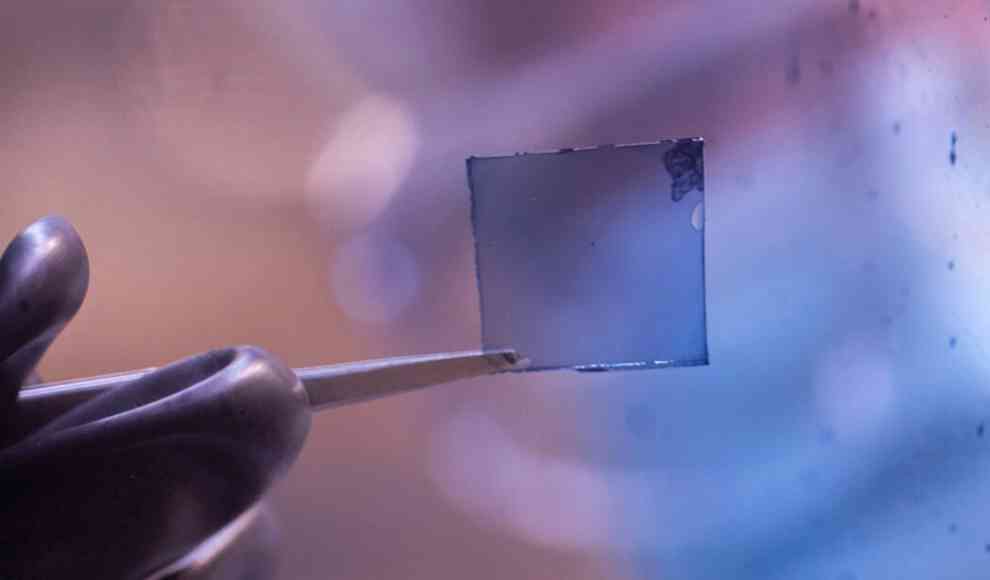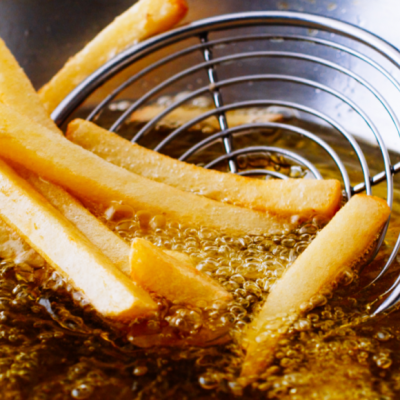Scientists have developed a new method to create graphite from coal dust using a conventional microwave. Graphite is a sought-after material used in pencils, lithium-ion batteries, and as a lubricant. It is also required in the production of graphene, which is used in electronics and fuel cells. The demand for graphite is expected to increase in the future, and the current method of producing it requires temperatures of over 3,000 degrees Celsius, resulting in high energy consumption. However, researchers at the University of Wyoming have found a simpler alternative. They were able to create poly-crystalline nano-graphite using a microwave and coal dust.
To create the graphite, the researchers ground coal into a powder and placed it on a copper foil with zinc-like cuts. The foil was then placed in a glass container filled with argon gas and hydrogen and heated in a microwave for 15 minutes. The process resulted in the creation of graphite nano-crystals, which are used in the electrodes of lithium-ion batteries. The copper foil acted as a catalyst, accelerating the conversion process, while the gases served as reducing agents. The method is relatively inexpensive and can use coal waste from otherwise unprofitable coal deposits.
The new method offers a more cost-effective and energy-efficient way to produce graphite, which is in high demand for various industrial applications. The process requires significantly lower temperatures than the current method, resulting in lower energy consumption. The use of coal waste also offers an environmentally friendly solution to the problem of graphite production. The researchers hope that their findings will lead to the development of more efficient and sustainable methods of producing graphite in the future.










